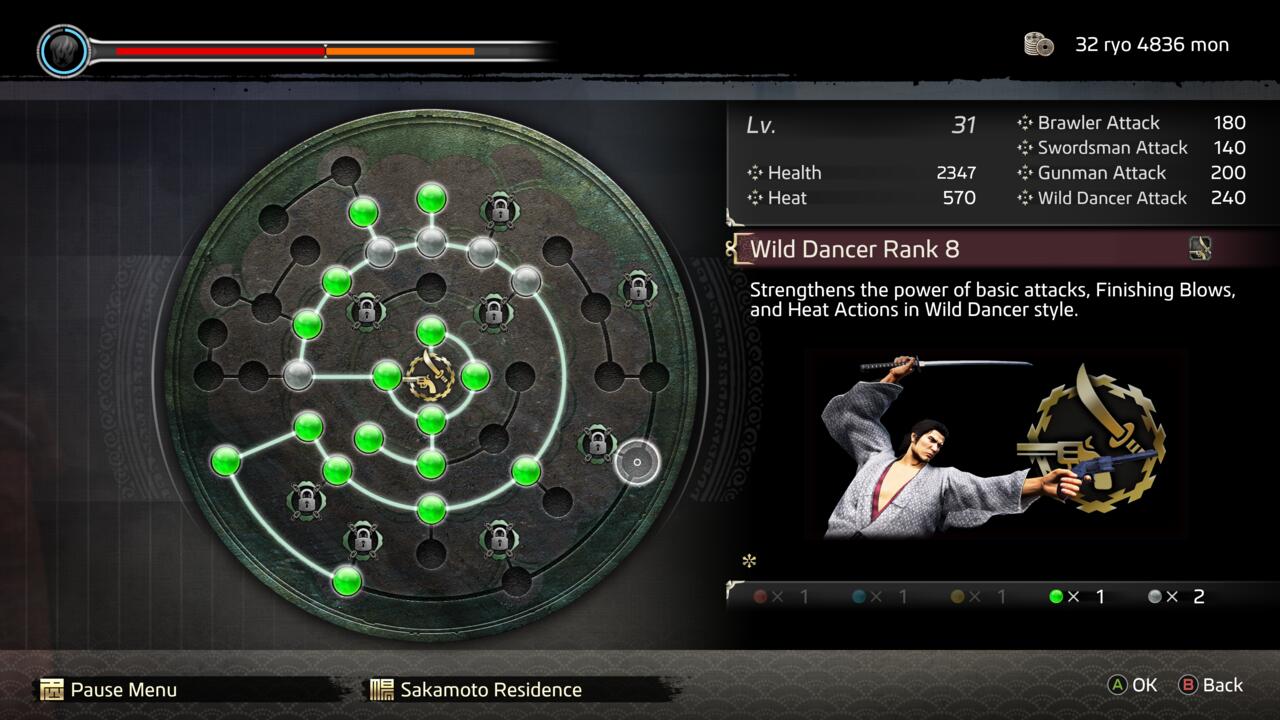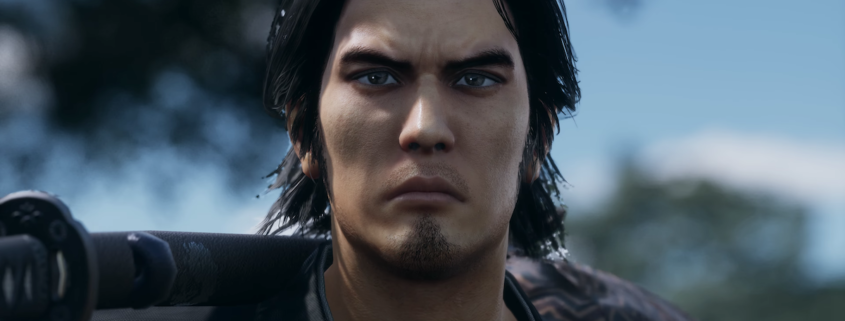Like A Dragon: Ishin Combat Guide: Skills And Fighting Styles Explained
While Like A Dragon: Ishin forgoes the usual setting of the Yakuza series, it does share the majority of its DNA with those games. In particular, it borrows from Yakuza 0, including its four fighting-style system, which allows you to switch between four distinct methods of fighting on the fly. While this allows a ton of flexibility in the way you approach combat, it also means you need to understand and balance four skill trees, along with relevant equipment and items. Here’s everything you need to know about combat in Like A Dragon: Ishin.
The four styles of combat
Like A Dragon: Ishin features four styles of combat: Brawler, Swordsman, Gunman, and Wild Dancer. The Brawler style focuses on unarmed hand-to-hand combat, while Gunman and Swordsman focus on the single weapon featured in their name. Lastly, Wild Dancer combines the use of a sword and a gun, creating a hybrid style of fighting. As for which of these fighting styles you should use, the combat in Like A Dragon: Ishin allows you enough flexibility that it primarily comes down to personal preference, although you will want to try and balance out your usage of each class. The reason for that is that XP and skill points are earned mostly on an individual basis for each class.
The four skill trees

Each fighting style has its own skill tree and its own skill points in the form of orbs. There is a fifth type of orb called the training orb, which is awarded as you level up overall. Each orb type can only be used in its specific skill tree, while the training orb can be used in any skill tree, letting you either over-level your preferred class or keep another up to speed. Training orbs can be swapped with class orbs from their skill slot, so feel free to use them early on. The reverse is not true, so any class orbs spent cannot be swapped out with training orbs. While most skills can be obtained as soon as you reach them in the tree, there are a few locked skills and paths in each class tree.
There are two types of skills in each tree, stat boosts and new attacks. New attacks typically open up a brand new combo or move for you to use, some of which will have multiple tiers to upgrade to, improving the move. Stat boosts provide bonuses, some to health, some to the heat gauge, and most importantly increasing the base amount of damage that fighting style does. These are the most important skills to grab, as this is the only way to significantly increase your damage output other than upgrading or acquiring better equipment.
These locked skills must be learned from the relevant training grounds found around the city. The Brawler class studies at the Komaki Dojo in the southeastern part of Fushimi. The Gunman hones its shot at Unyuan in southern Rakugai. The Wild Dancer and Swordsman train at Ginryu Dojo in northern Rakunai.
Each fighting style’s best use case
While you can use any fighting style you prefer at any time, there are some situations where each style shines better than the rest. The Brawler class is best used when there is a large number of enemies in the area, as well as a number of objects nearby that you can use as weapons. The Wild Dancer falls into the same category, being a strong fighting style for taking on a large number of enemies at once. The Wild Dancer style has multiple combos that involve spinning and dealing damage all around you.
The Swordsman class is best used in one-on-one fights, or when there are only a few enemies present. This style excels when you can focus your sword combos on a single enemy, without needing to worry about multiple enemies attacking you from behind. The Gunman style is best used when you want to put some distance between you and your enemy. This means enemies using firearms or a tough opponent in a boss fight who you don’t want to get too close to.
If you find yourself getting overwhelmed by your opponents or taking more damage than you are dealing with, one of the best ways to shift the momentum of a fight is to try a different fighting style. While each style has something it’s better at, there is no one size fits all, so switch it up frequently.
Trooper Card bonuses
When you reach Chapter 5 and unlock the Trooper Card system, one of the things you might immediately notice is the massive boosts you can receive from the equipped cards. You can equip up to four cards to each class–although you will need to unlock the ability to have that many at the Shrine in exchange for Virtue points–with each card provide a passive bonus and an active bonus. These boosts are present during combat outside of the special missions you can go.
The passive bonus provides health and one other trait, like having Trooper abilities charge faster. The active ability varies heavily, having Sakamoto either do a powerful attack, having a Trooper step in to do an attack themselves, or a stat boost. The higher rarity the Trooper Card is, the better the active ability is going to be. Once you unlock this system, you will want to make sure you always have the best cards equipped to give you the biggest advantage in battle.
In GameSpot’s Like A Dragon: Ishin review critic Michael Higham gave it an 8/10, writing, “By virtue of its brand of storytelling, Ishin forgoes some of the tropes that have glorified samurai but rides that line ever so closely. If the series is one thing, it’s consistent–because despite the shift to Edo-era Japan, there’s an unmistakable familiarity. The days of asking Sega to bring Ishin to the West are thankfully over. And although this revision uses an older foundation that shows its age, it’s nice to finally have a version of the game that has been tidied up for modern platforms. Like a Dragon: Ishin brings an all-star cast back together for a story that’s bigger than any one character, and it makes for a fine addition to the series’ deep history.”
The products discussed here were independently chosen by our editors. GameSpot may get a share of the revenue if you buy anything featured on our site.
Source link




